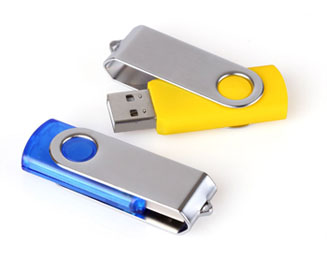How to avoid being a victim of cybercrimes
Victims of cybercrime have lost their finances, their jobs and in some extreme cases, their identities. But there are strategies you can put in place to reduce the risk of being a cybercrime target. This article will outline some of the safe behaviors and sophisticated security tools such as http://www.yourdigitalfile.com/ that you can employ to avoid cybercrime.
Keep your software up to date
It is vitally important to keep your software and operating system up to date. These programs were built to deflect any malicious hacks, viruses or worms that may try to target them. Updates contain new protections against the threats that have been developed since the software was released. In the end, your software is only as safe as your last update. Update your software regularly to ensure that you have the latest in-built protection against vulnerabilities.
Be smart with passwords
Adobe suffered a security attack in 2013, and over 130 million passwords were leaked online. Would you believe that three most common passwords used were 123456, 123456789 and password? Using a simple password is like leaving the front door open for burglars. Use complicated combinations of letters (including capitals), numbers and symbols. Experts advise that you shouldn’t even be using words that can be found in the dictionary. Use different passwords for each account, and update your passwords every ninety days. A secure password will prevent cybercriminals from accessing your online accounts, personal information and activities.
Use a digital signature
Digital signatures are used to verify documentation – they are the digital equivalent of the handwritten signature. Attaching a digital signature to a file will provide irrefutable verification that you’ve seen the file, signed the file, and that the file has not been altered. Use a digital signature on any file that will be distributed online. It will prevent you from putting a scanned copy of your handwritten signature online. Hackers and cybercriminals can use a copy of your handwritten signature to implement a number of financial and identity scams, so it’s best to keep that offline.
Don’t engage unknown senders
Junk mail and spam are the most common methods for distributing viruses, malware, trojans and bots. These are nasty pieces of software that can infect your computer, search out your personal information, and distribute it to cybercriminals. Install a spam filter to reduce the number of spam emails you receive. Never click on a link in an unsolicited email – no matter how realistic the message appears, or how inviting the offer seems. Engaging with spam invites malevolent cybercriminals in to your system.
Use your anti-virus software
A lot of computer users purchased anti-virus software, installed it, and then never paid it any more attention. Take a look at your anti-virus solution and check it is up to date. Run a manual scan of all your files and folders, and monitor how your software identifies and quarantines threats. And most importantly, check to make sure all the features are activated – firewalls and important features can be turned off by mistake.
These are just a few of the many behaviours and tools you can use to protect yourself from cybercrime. It is worth investigating other strategies you could put in place. After all, it is your finances and personal identity that you are protecting.





